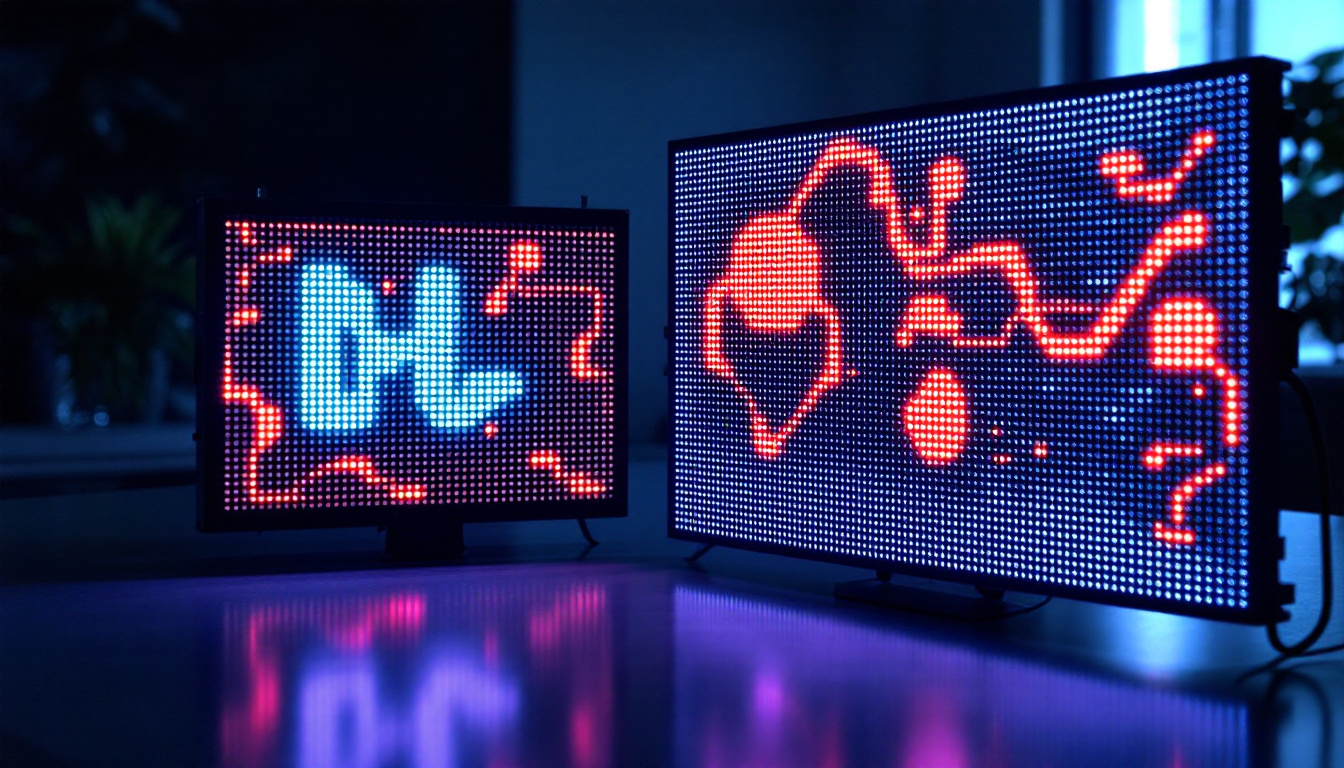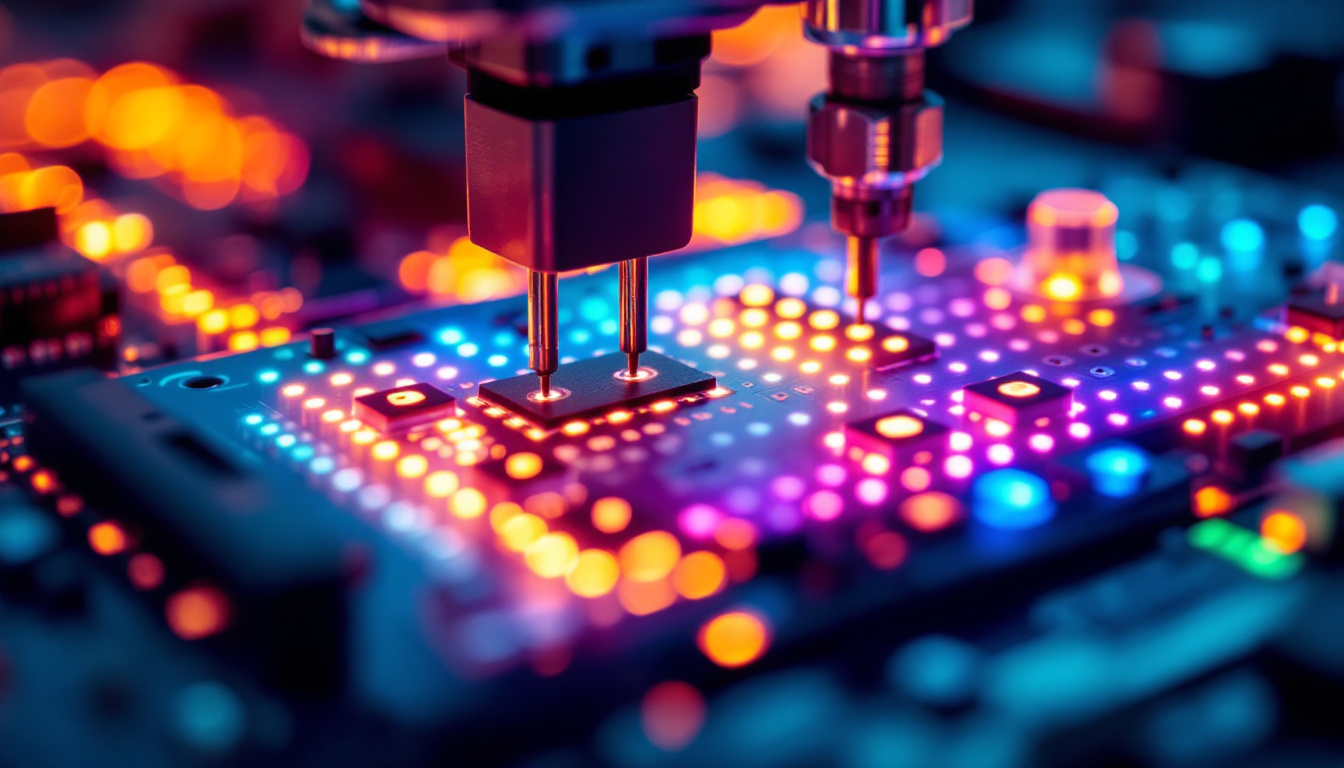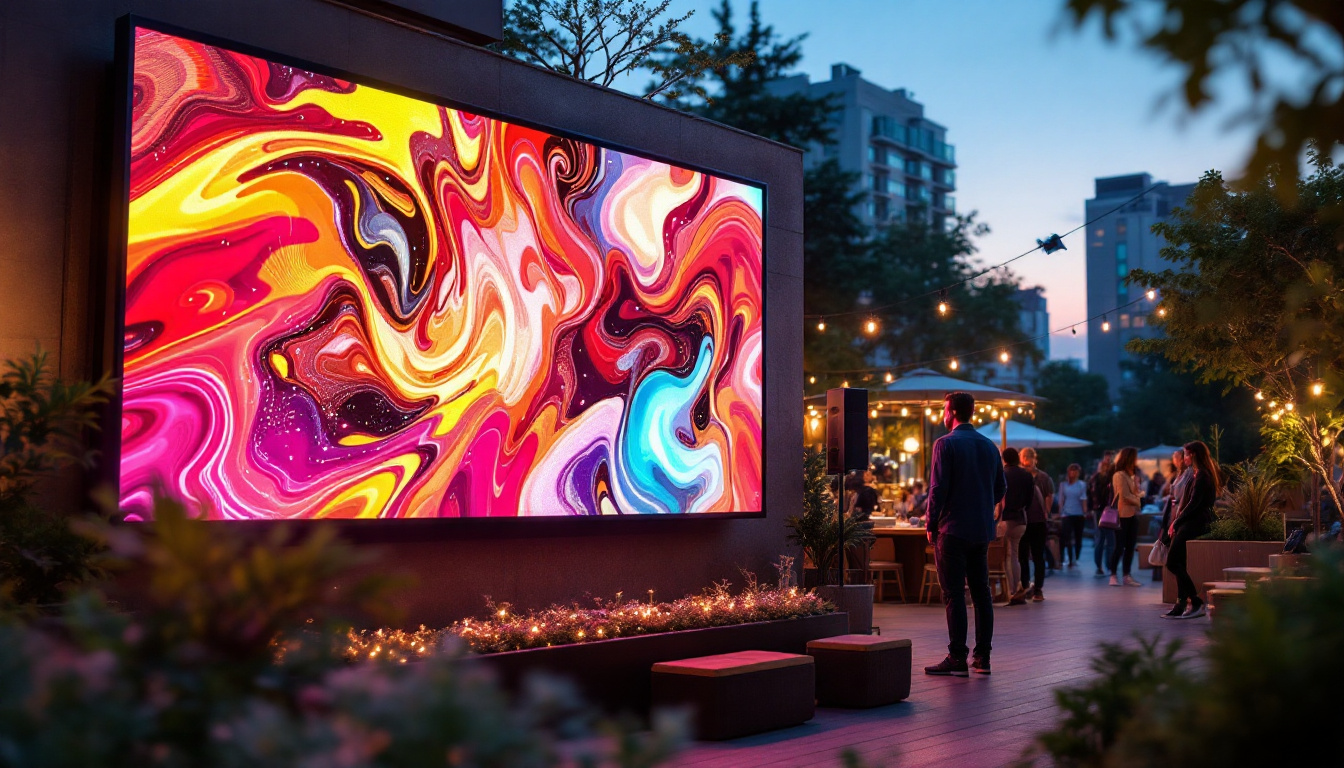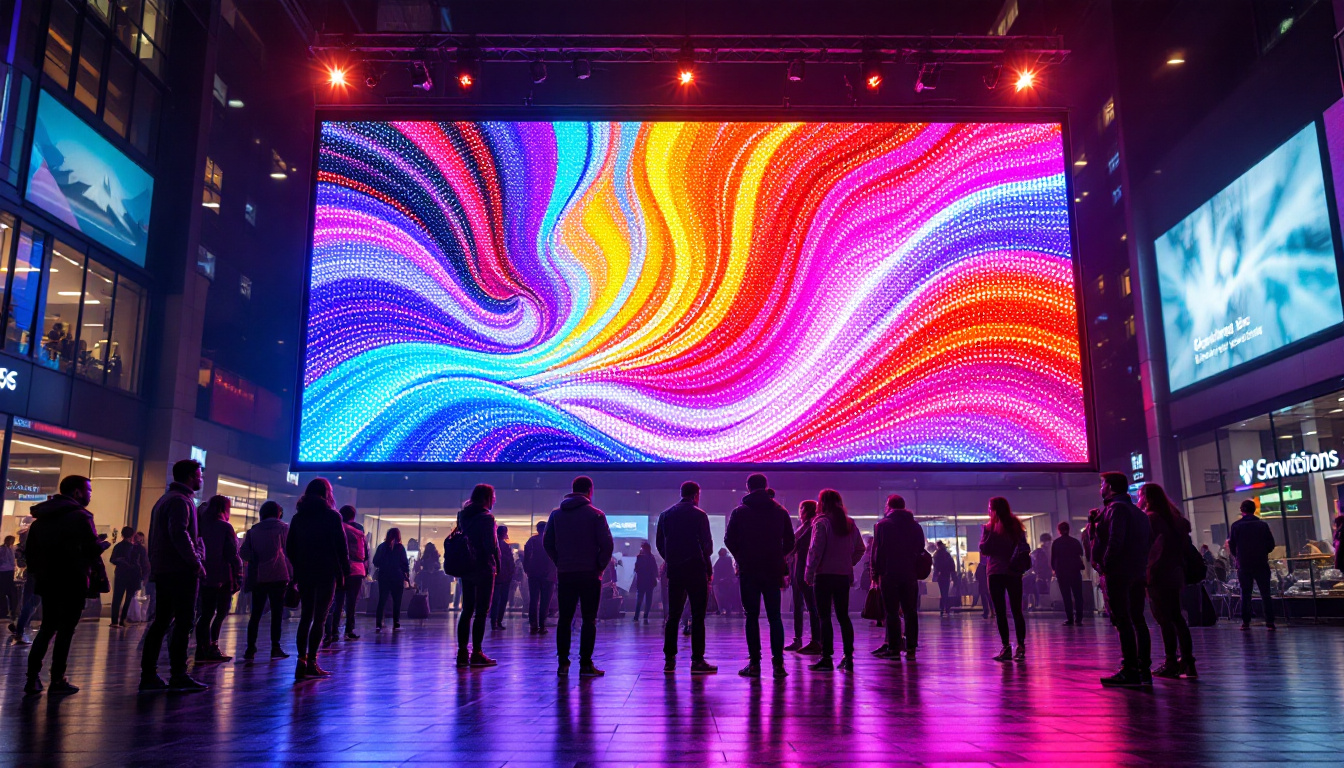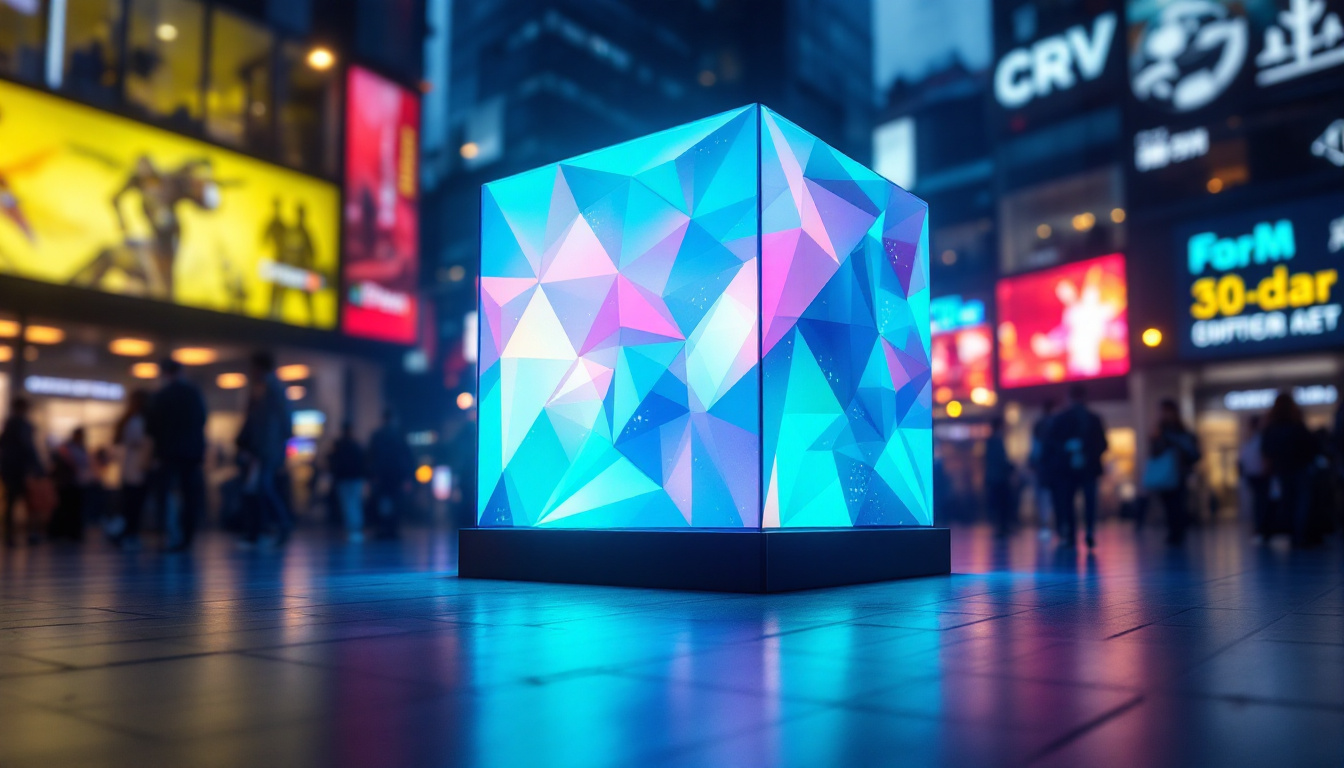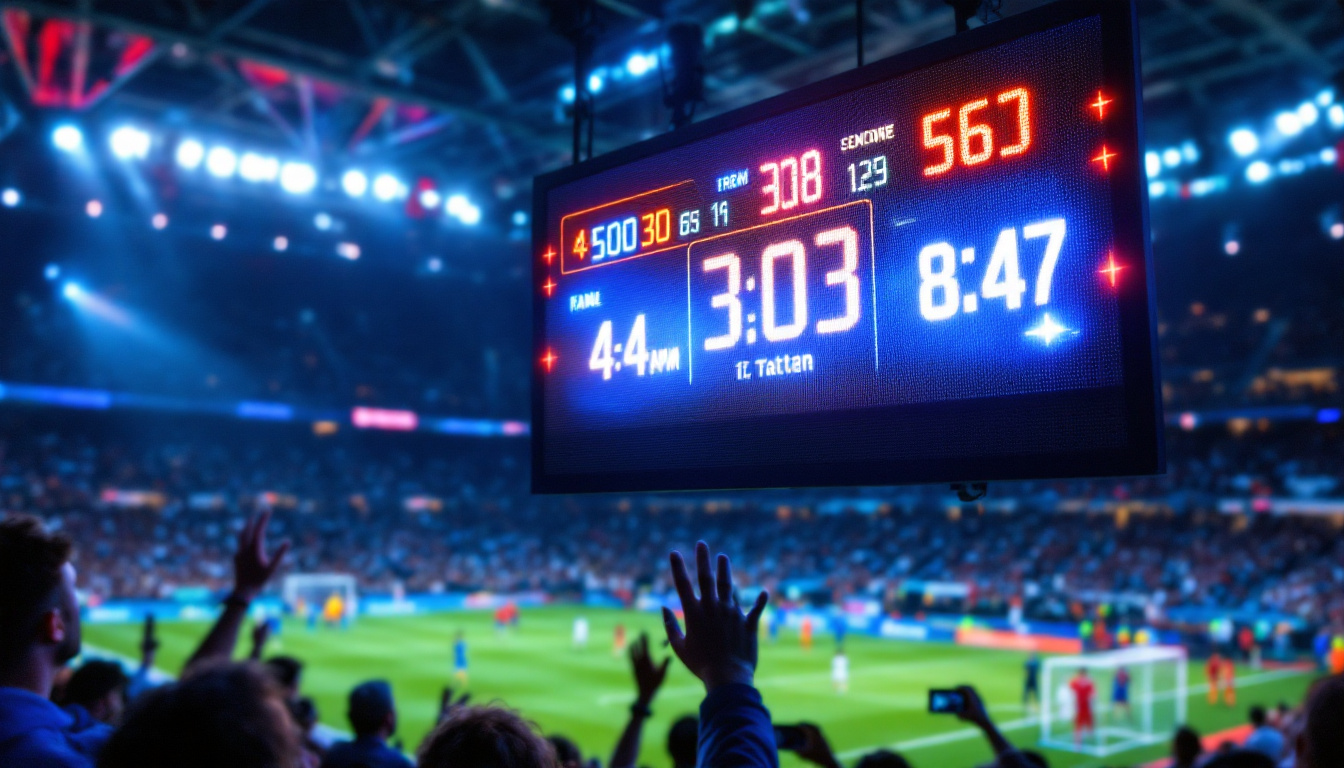In the ever-evolving world of display technology, two terms have emerged as frontrunners in providing superior visual experiences: Mini LED and Micro LED. Both technologies promise enhanced brightness, contrast, and color accuracy, but they do so in different ways. This article delves into the intricacies of Mini LED and Micro LED displays, comparing their features, advantages, and potential applications.
Understanding LED Technology
Before diving into the specifics of Mini LED and Micro LED, it is essential to grasp the fundamental principles of LED technology. Light Emitting Diodes (LEDs) are semiconductor devices that emit light when an electric current passes through them. This basic principle has paved the way for various display technologies that enhance our viewing experiences across devices. The ability of LEDs to produce light efficiently and in a range of colors has made them a popular choice for everything from indicator lights to complex display screens found in modern electronics.
The Evolution of LED Displays
LED technology has undergone significant advancements since its inception. Traditional LED displays utilized larger diodes, which limited their resolution and overall performance. As demand for higher-quality visuals increased, manufacturers began to innovate, leading to the development of Mini LED and Micro LED technologies. The transition from bulky, inefficient displays to sleek, high-resolution screens has been driven by consumer preferences for portability and visual clarity.
These advancements have allowed for thinner displays, improved energy efficiency, and a broader color gamut, making them ideal for a wide range of applications, from televisions to smartphones and even large-scale digital signage. Furthermore, the integration of LED technology into everyday devices has revolutionized how we interact with media, allowing for immersive experiences that were previously unimaginable. For instance, the vibrant colors and deep contrasts provided by these technologies enhance gaming experiences and make cinematic content more engaging.
Key Differences Between Mini LED and Micro LED
While both Mini LED and Micro LED technologies utilize LED components, they differ significantly in size, structure, and functionality. Understanding these differences is crucial for consumers and professionals alike, as they influence performance, cost, and usability. Mini LEDs are essentially smaller versions of traditional LEDs, which allow for more precise control of lighting zones, enhancing contrast and brightness in displays. In contrast, Micro LEDs are even smaller and can function as individual pixels, leading to self-emissive displays that do not require backlighting, resulting in even greater energy efficiency and superior picture quality.
This fundamental difference in architecture means that Micro LED displays can achieve higher resolutions and deeper blacks, making them particularly appealing for high-end applications such as virtual reality and augmented reality. Additionally, the scalability of Micro LED technology allows for the creation of modular displays that can be customized to fit various sizes and shapes, opening up new possibilities for design and functionality in both consumer and commercial markets. As these technologies continue to evolve, they promise to further transform the landscape of visual media, offering consumers an ever-expanding array of choices for their viewing preferences.
What is Mini LED?
Mini LED technology represents a significant leap forward in backlighting systems for LCD displays. By utilizing smaller LEDs, typically measuring between 100 to 200 micrometers, Mini LED displays can achieve greater precision in lighting control and contrast. This innovation not only enhances visual performance but also opens up new possibilities for display design and functionality.
How Mini LED Works
Mini LED displays employ thousands of tiny LEDs as a backlight for an LCD panel. This allows for local dimming, where specific areas of the screen can be dimmed or brightened independently. As a result, Mini LED displays can produce deeper blacks and brighter highlights, enhancing the overall dynamic range. The technology utilizes a matrix of these miniature LEDs, which can be individually controlled to create a more immersive viewing experience.
Additionally, the increased number of LEDs allows for finer control over brightness levels, significantly improving the viewing experience, especially in HDR (High Dynamic Range) content. This means that scenes with both bright and dark elements can be rendered with stunning accuracy, providing viewers with a more lifelike representation of the content. The precision of Mini LED technology also reduces the halo effect often seen in traditional LCDs, where bright objects can cause unwanted light bleed into darker areas.
Advantages of Mini LED
One of the standout features of Mini LED technology is its ability to deliver high-quality visuals without the drawbacks associated with traditional LCDs. The advantages include:
- Enhanced Contrast: Local dimming capabilities lead to improved contrast ratios, making dark scenes appear richer and more detailed.
- Improved Brightness: Mini LED displays can achieve higher peak brightness levels, making them suitable for viewing in bright environments.
- Thin Form Factor: The compact size of Mini LEDs allows for slimmer display designs, making them more aesthetically pleasing and easier to integrate into various devices.
Beyond these advantages, Mini LED technology also contributes to energy efficiency. By using smaller LEDs that can be turned on and off independently, these displays can consume less power compared to traditional backlighting methods. This not only benefits the environment but also extends the lifespan of the display. Moreover, as manufacturers continue to innovate, we can expect to see Mini LED technology being integrated into a wider range of devices, from televisions to laptops and even mobile devices, enhancing the viewing experience across the board.
Furthermore, the versatility of Mini LED technology allows for its application in various settings, including professional environments where color accuracy is paramount, such as graphic design and video editing. The ability to achieve precise color reproduction and contrast makes Mini LED displays an attractive option for professionals seeking reliable and high-performance screens. As the technology matures, it may also pave the way for even more advanced display technologies, such as MicroLED, which promises even greater improvements in picture quality and efficiency.
What is Micro LED?
Micro LED technology takes the concept of LED displays to the next level by utilizing microscopic LEDs, typically measuring less than 100 micrometers. Unlike Mini LED, which serves as a backlight for LCD panels, Micro LED displays are self-emissive, meaning each pixel is an individual LED.
The Working Principle of Micro LED
In a Micro LED display, each pixel consists of its own tiny LED, allowing for precise control over color and brightness at the pixel level. This self-emissive nature eliminates the need for a backlight, resulting in deeper blacks and more vibrant colors.
Micro LED technology also offers significant advantages in terms of energy efficiency and longevity, as the individual LEDs consume less power and have a longer lifespan compared to traditional display technologies.
Benefits of Micro LED
The benefits of Micro LED technology are numerous and transformative:
- Superior Color Accuracy: With each pixel being an independent light source, Micro LED displays can achieve exceptional color accuracy and saturation.
- Infinite Contrast Ratio: The ability to turn off individual pixels results in true blacks, leading to an infinite contrast ratio.
- Flexible and Scalable: Micro LED panels can be easily scaled to different sizes and shapes, making them suitable for a variety of applications, from small devices to massive video walls.
Comparative Analysis: Mini LED vs. Micro LED
When comparing Mini LED and Micro LED technologies, several factors come into play, including performance, cost, and application suitability. Understanding these differences can help consumers make informed decisions based on their specific needs.
Performance
In terms of performance, Micro LED displays generally outperform Mini LED displays due to their self-emissive nature. The ability to control each pixel independently allows for superior contrast, color accuracy, and energy efficiency.
However, Mini LED displays still offer significant improvements over traditional LCDs, making them an excellent choice for consumers seeking enhanced performance without the premium price tag associated with Micro LED technology.
Cost Considerations
Cost is a crucial factor when considering display technology. Currently, Micro LED displays are more expensive to produce due to the complexity of manufacturing and the advanced technology involved. As a result, they tend to be found in high-end devices and commercial applications.
On the other hand, Mini LED displays offer a more affordable option while still providing substantial improvements over traditional displays. This makes Mini LED a popular choice for mid-range to high-end consumer electronics.
Applications
Both Mini LED and Micro LED technologies have unique applications. Mini LED displays are commonly found in televisions, laptops, and monitors, where enhanced brightness and contrast can significantly improve the viewing experience.
Micro LED technology, with its superior performance and flexibility, is increasingly being used in high-end televisions, digital signage, and innovative display solutions, such as curved and modular screens. As the technology matures, it is likely to find its way into more consumer products.
Future of Mini LED and Micro LED Technologies
The future of Mini LED and Micro LED technologies is promising, with ongoing research and development aimed at improving performance, reducing costs, and expanding applications. As manufacturers continue to innovate, consumers can expect even more advanced display solutions that enhance their viewing experiences.
Market Trends
Market trends indicate a growing demand for high-quality displays across various sectors, including entertainment, gaming, and professional applications. As consumers become more discerning about display quality, the adoption of Mini LED and Micro LED technologies is likely to increase.
Furthermore, as production techniques improve and economies of scale are realized, the costs associated with Micro LED displays may decrease, making them more accessible to a broader audience.
Potential Challenges
Despite the advantages of Mini LED and Micro LED technologies, several challenges remain. For Micro LED, the manufacturing process is complex, and achieving uniformity across large panels can be difficult. Additionally, the technology is still relatively new, and consumer awareness and education are necessary for widespread adoption.
Mini LED, while more established, faces competition from OLED technology, which also offers excellent performance. As the market evolves, manufacturers will need to differentiate their products and highlight the unique benefits of each technology.
Conclusion
In the battle of Mini LED vs. Micro LED, both technologies offer distinct advantages that cater to different consumer needs and preferences. Mini LED provides a cost-effective solution for those seeking enhanced performance in traditional LCD displays, while Micro LED represents the future of display technology with its unparalleled color accuracy and contrast.
As the industry continues to evolve, consumers can look forward to even more innovative display solutions that push the boundaries of visual technology. Whether opting for Mini LED or Micro LED, the advancements in LED technology promise to enhance the way we experience visual content, making it more immersive and engaging than ever before.
Discover Cutting-Edge LED Displays with LumenMatrix
Ready to experience the future of display technology? LumenMatrix is at the forefront of LED innovation, offering a wide array of solutions tailored to meet your needs. From captivating Indoor LED Walls to dynamic Outdoor LED Displays, and from versatile Vehicle LED Displays to sleek LED Poster Displays, our products are designed to revolutionize visual communication. Embrace the next level of engagement with our LED Sports Displays, innovative Floor LED Displays, and customizable Custom LED Displays. For a seamless and impactful visual experience, explore our All-in-One LED Display and LED Transparent Display options. Don’t just take our word for it; check out LumenMatrix LED Display Solutions today and see how we can help you create unforgettable visual narratives that resonate with your audience.

